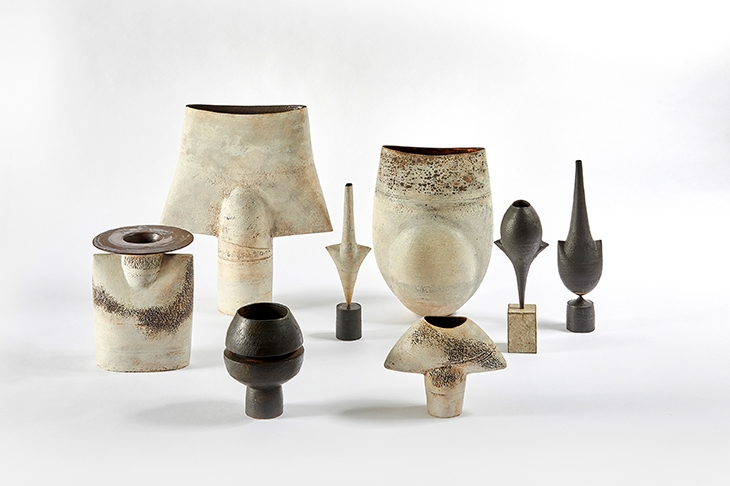The use of ‘Ceramic’ rather than ‘Ceramics’ in the title of this book indicates Paul Greenhalgh’s passionate belief that ‘ceramic is a thing in itself: a many-headed but nevertheless singular entity, with an on-going intellectual discourse’ which he christens ‘the ceramic continuum’. He believes that this has been ‘actively denied its place as an artistic practice’ and that ‘its exclusion from the canon of art history is squarely to do with money, class and race’.
The book is a prodigious attempt to right that wrong. Ceramic, Greenhalgh says, has been seen as ‘too cheap’ (though the sale of the Qianlong Vase in 2010 for £43 million might change that), is ‘available to the point of vulgarity’, and ‘its formation is bound up with foreign cultures which ruffle nationalist ideology’. While art historians are no doubt a dubious bunch, the charge of nationalism seems curious, given that art history as a discipline was itself introduced to this country from abroad.
Although the author recognises that ceramic is ‘deeply eclectic and plays off the other arts’, the aim of this new history is to justify its individual place in civilisation alongside painting, sculpture and architecture. It takes us from ancient Greece to the wilder shores of Conceptual Art, Post-Modernism and Californian Funk; from the matchless elegance of Greek Black and Red Figure vases to a group of potters in 20th-century Amsterdam who dipped their heads in a bucket of slip and sat together while it dried.
Greenhalgh identifies three types of object — vessel, tile and figurine — which have been in use since prehistory and remain so, in one way or another, to the present day. Four transformational influences in the ‘enormous ocean of objects that is western ceramic’ provide the underlying structure of the book.








Comments
Join the debate for just £1 a month
Be part of the conversation with other Spectator readers by getting your first three months for £3.
UNLOCK ACCESS Just £1 a monthAlready a subscriber? Log in